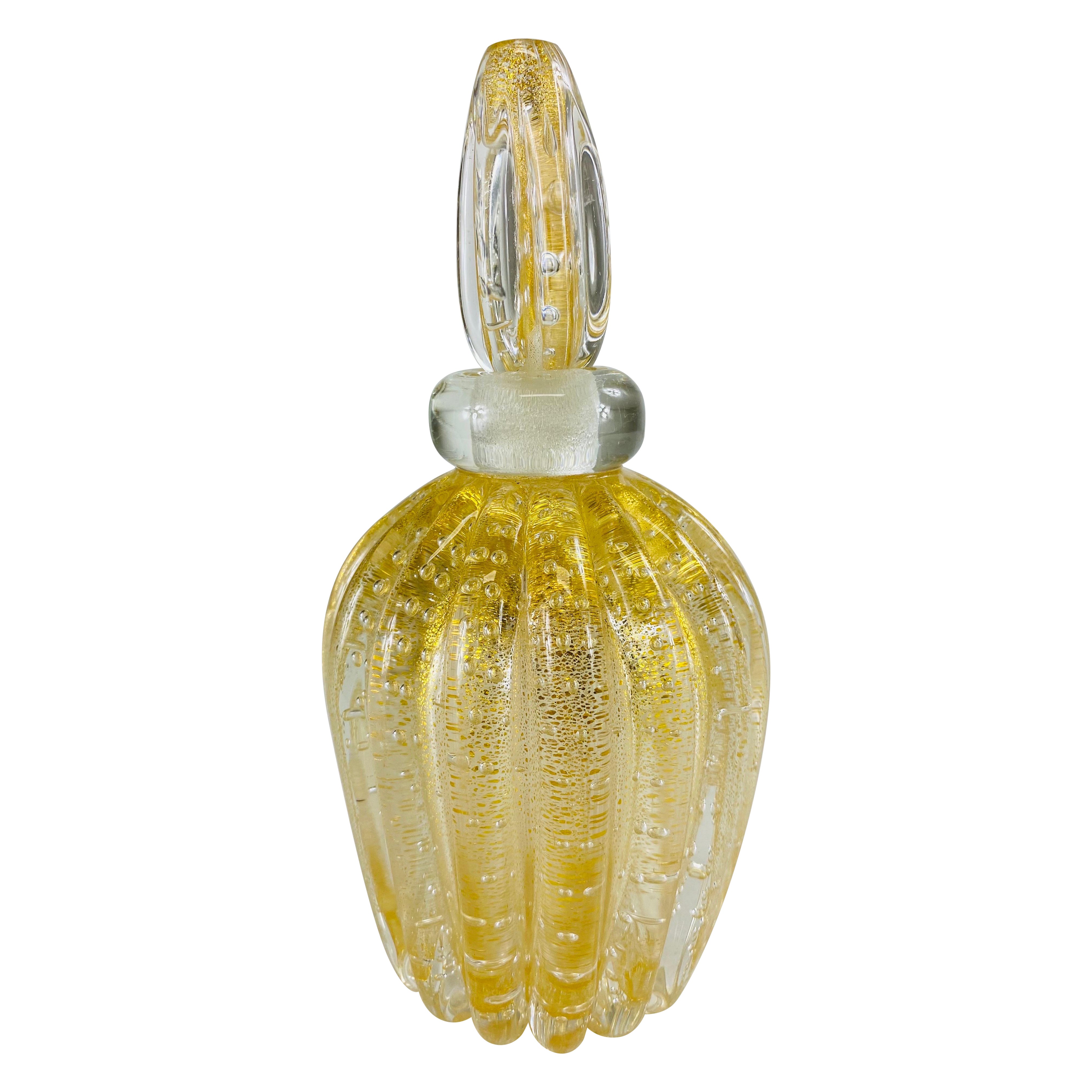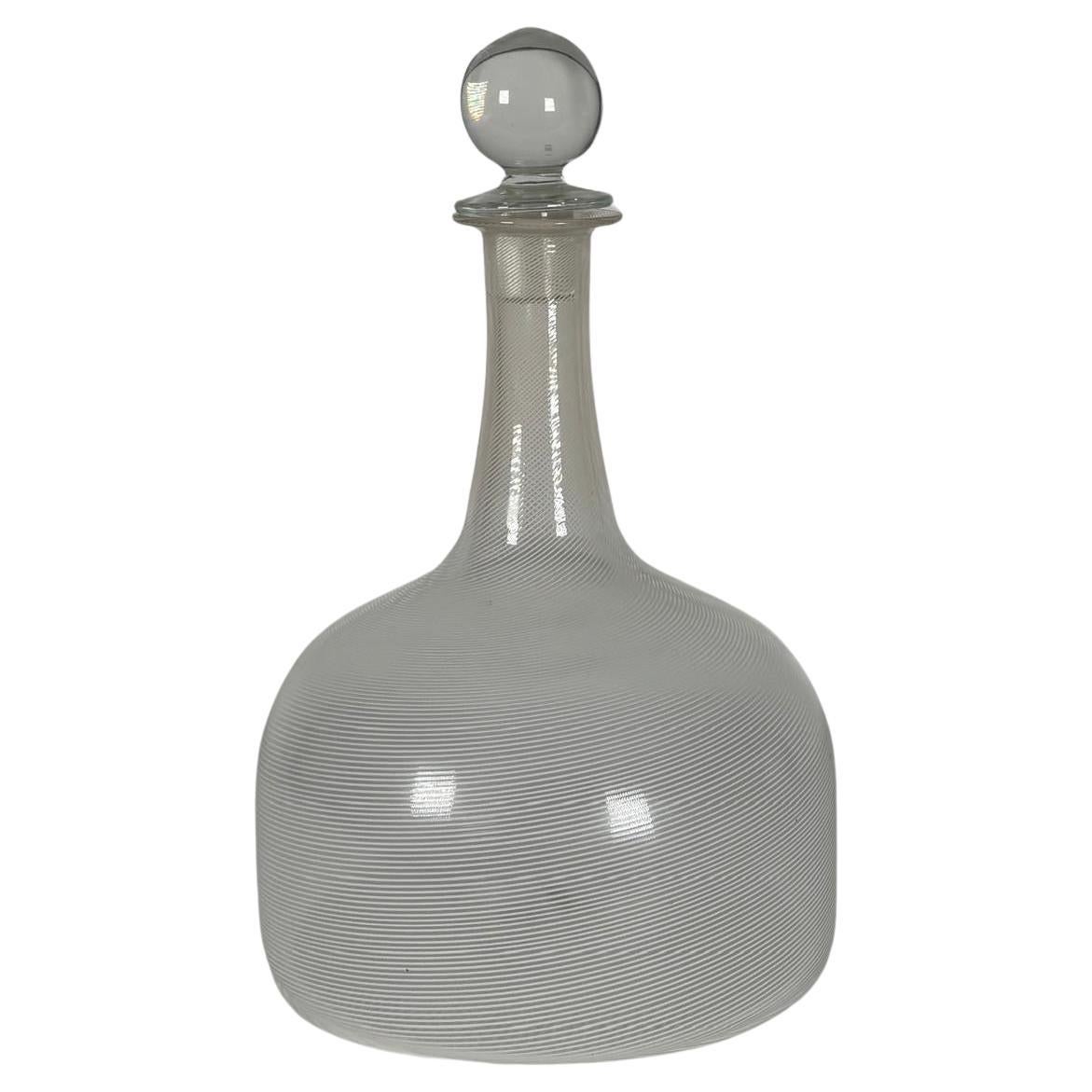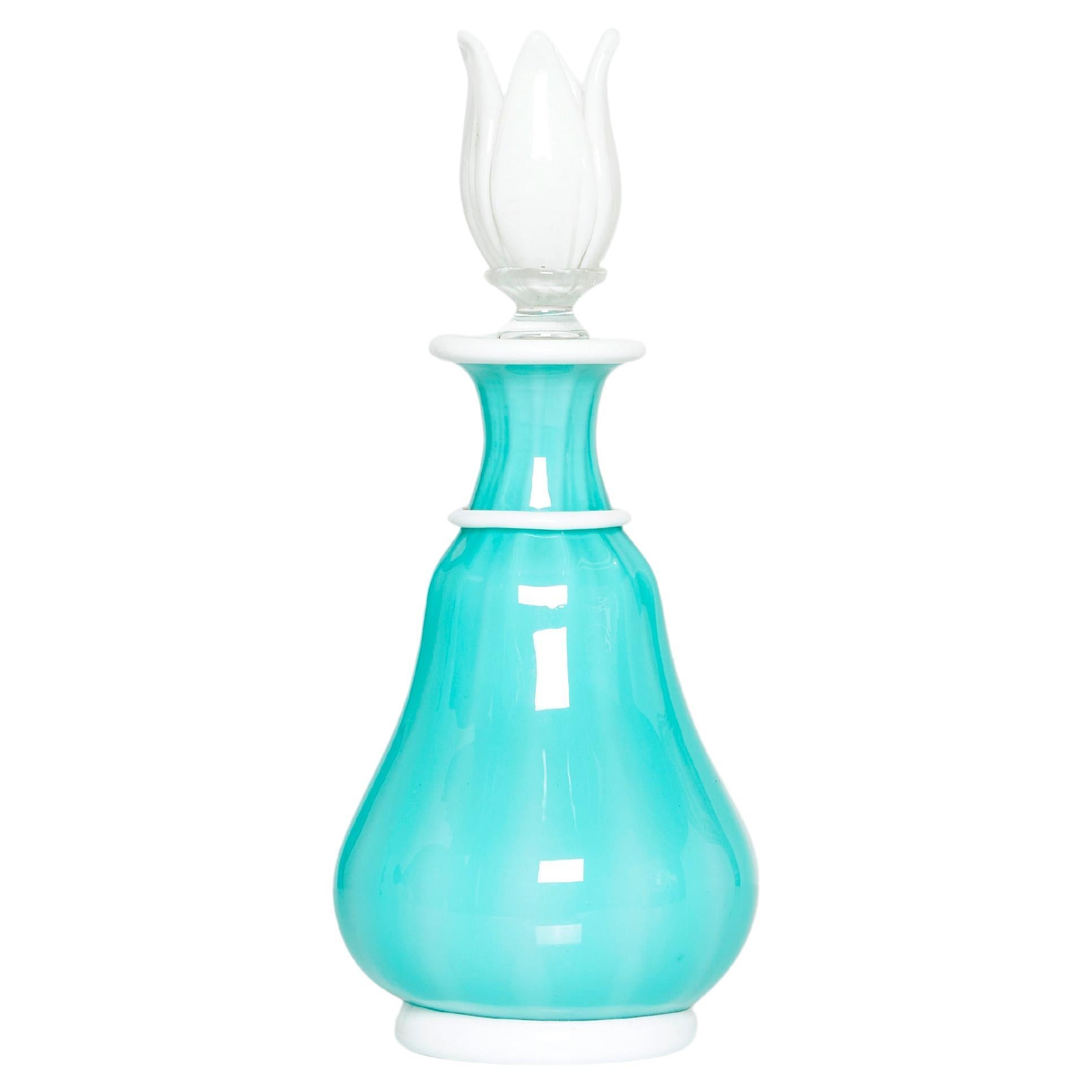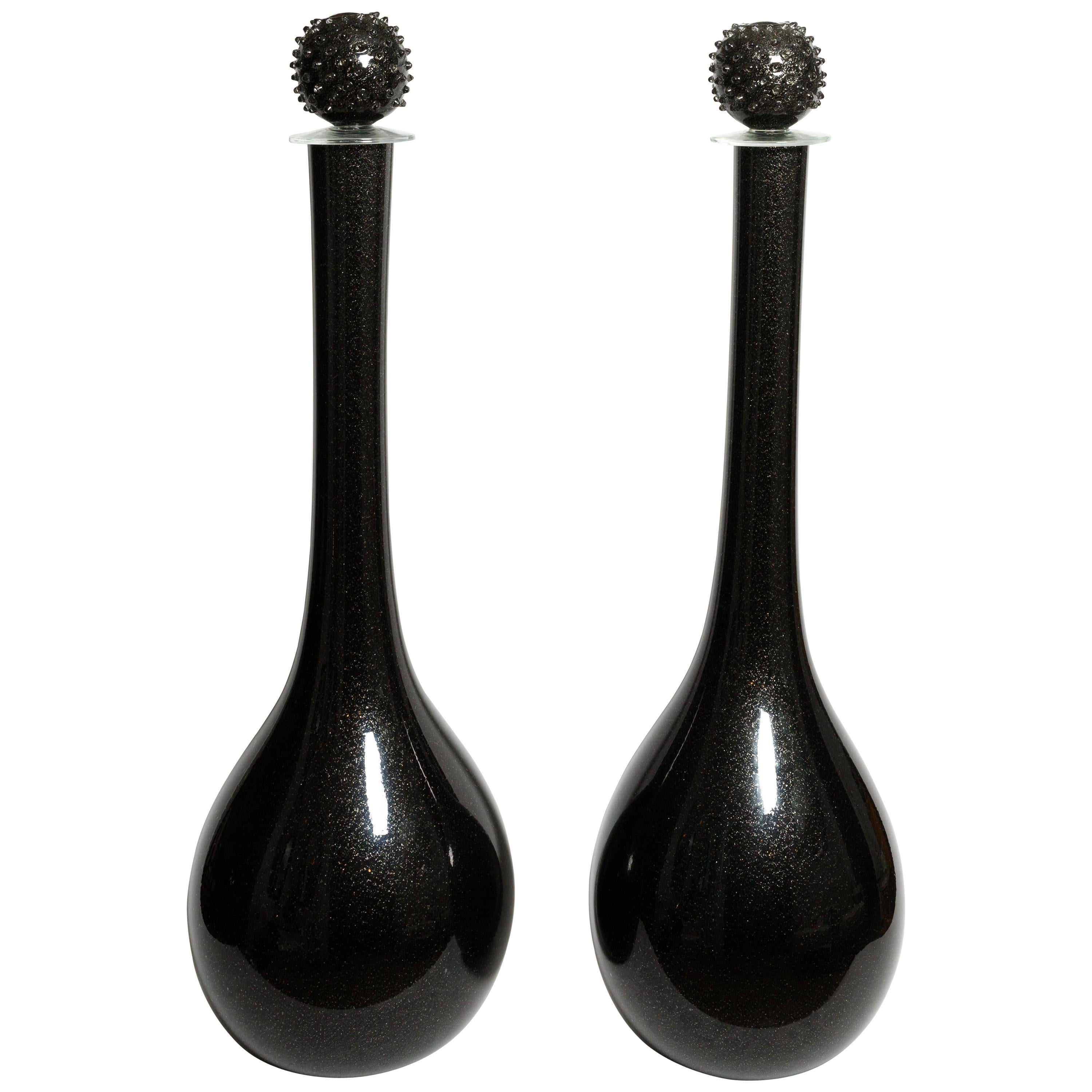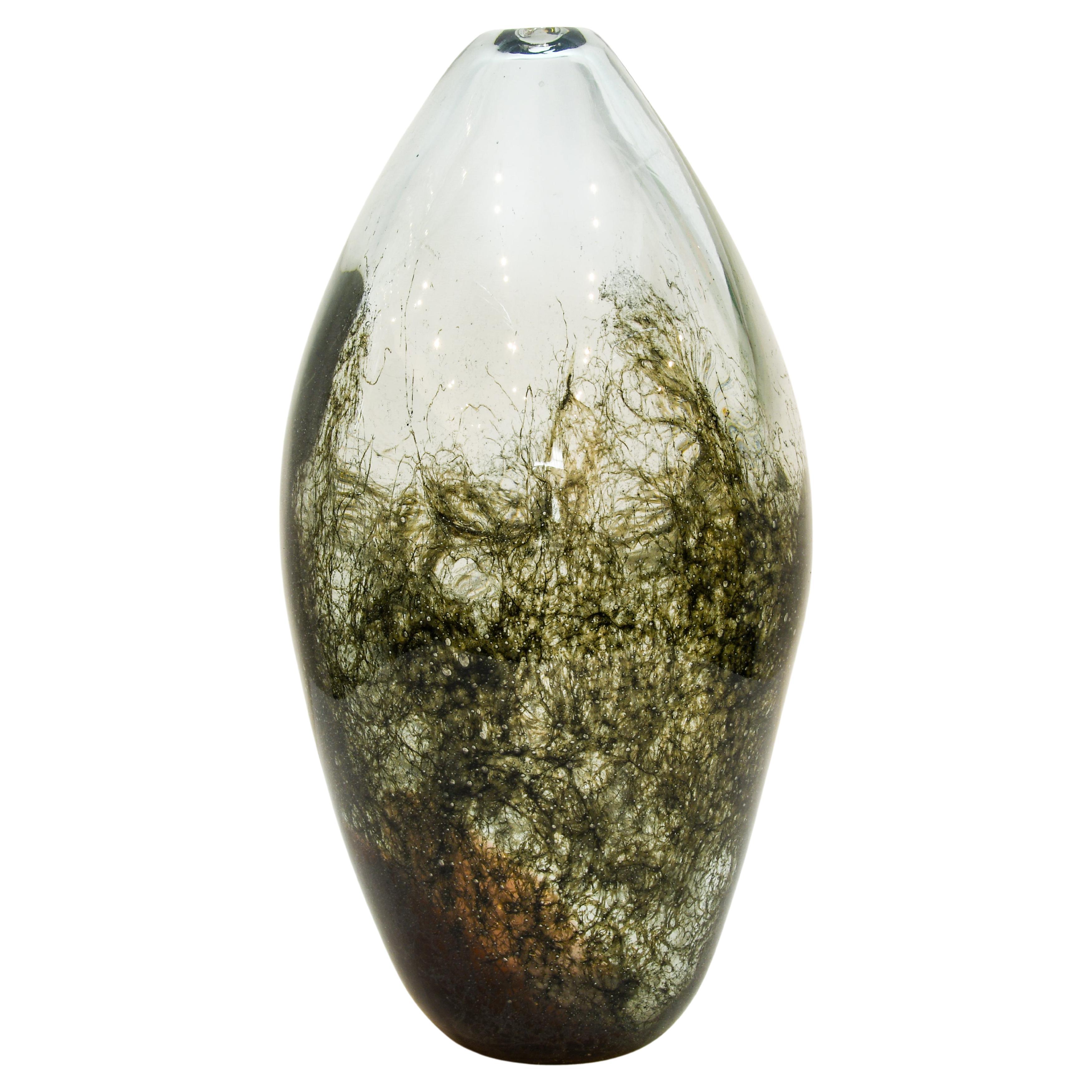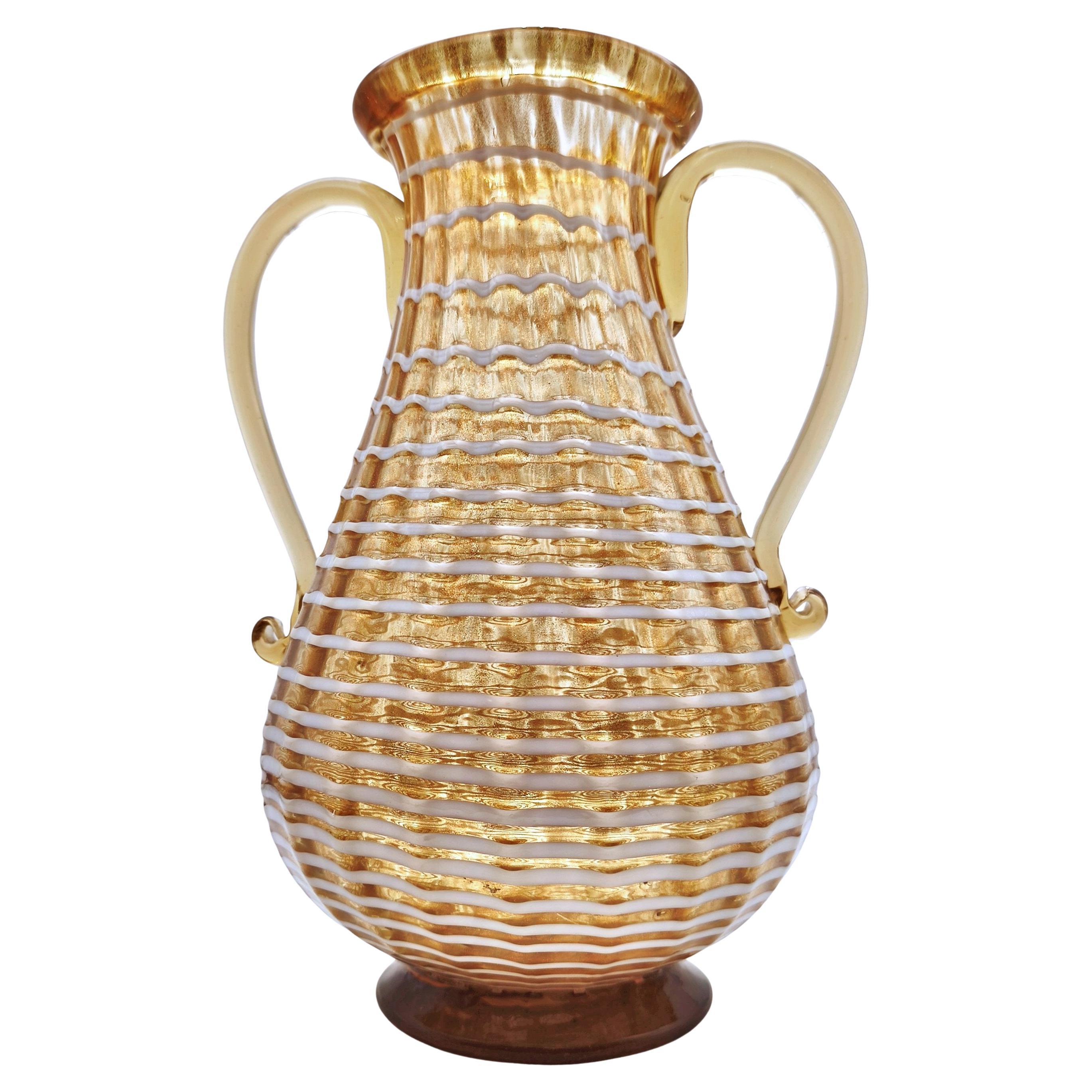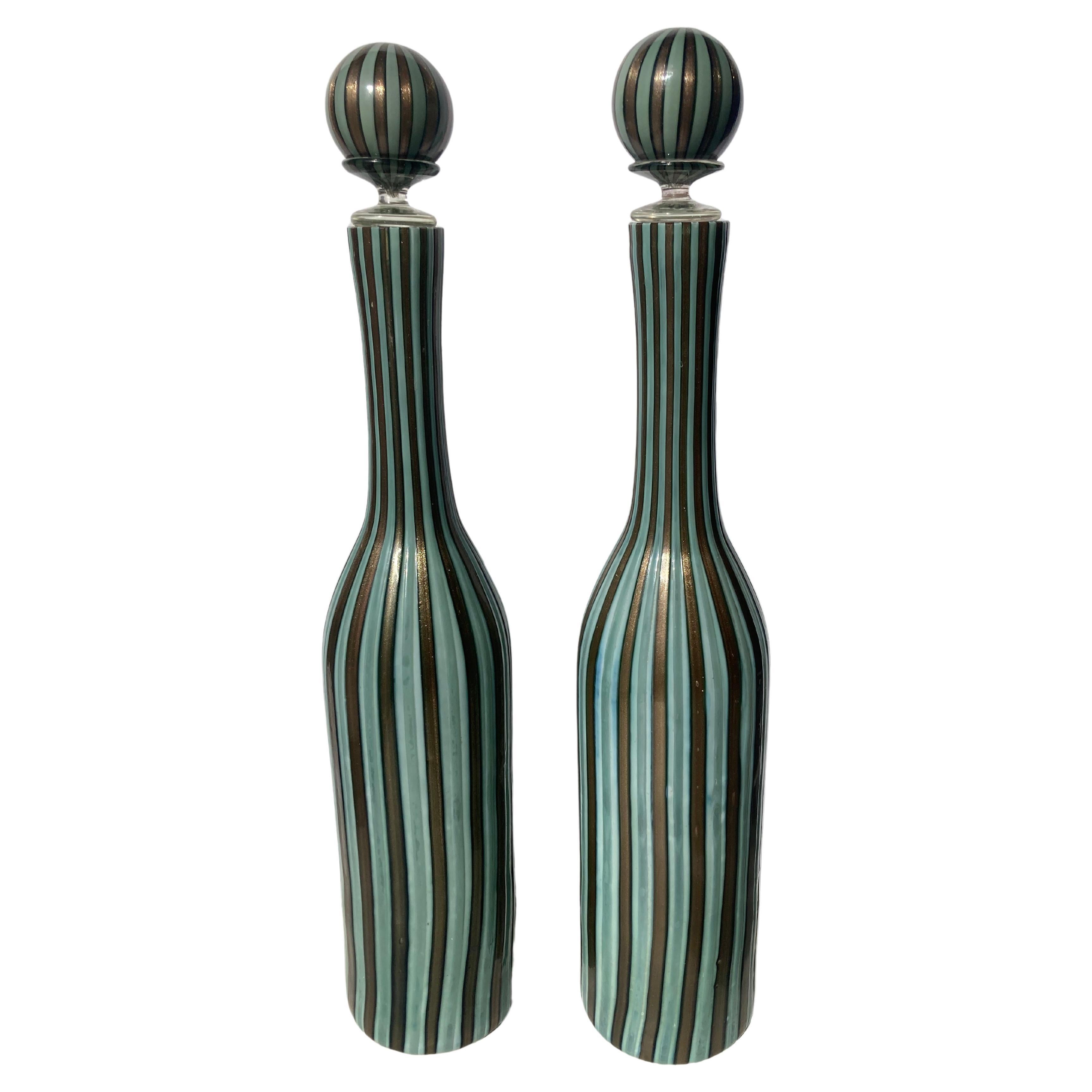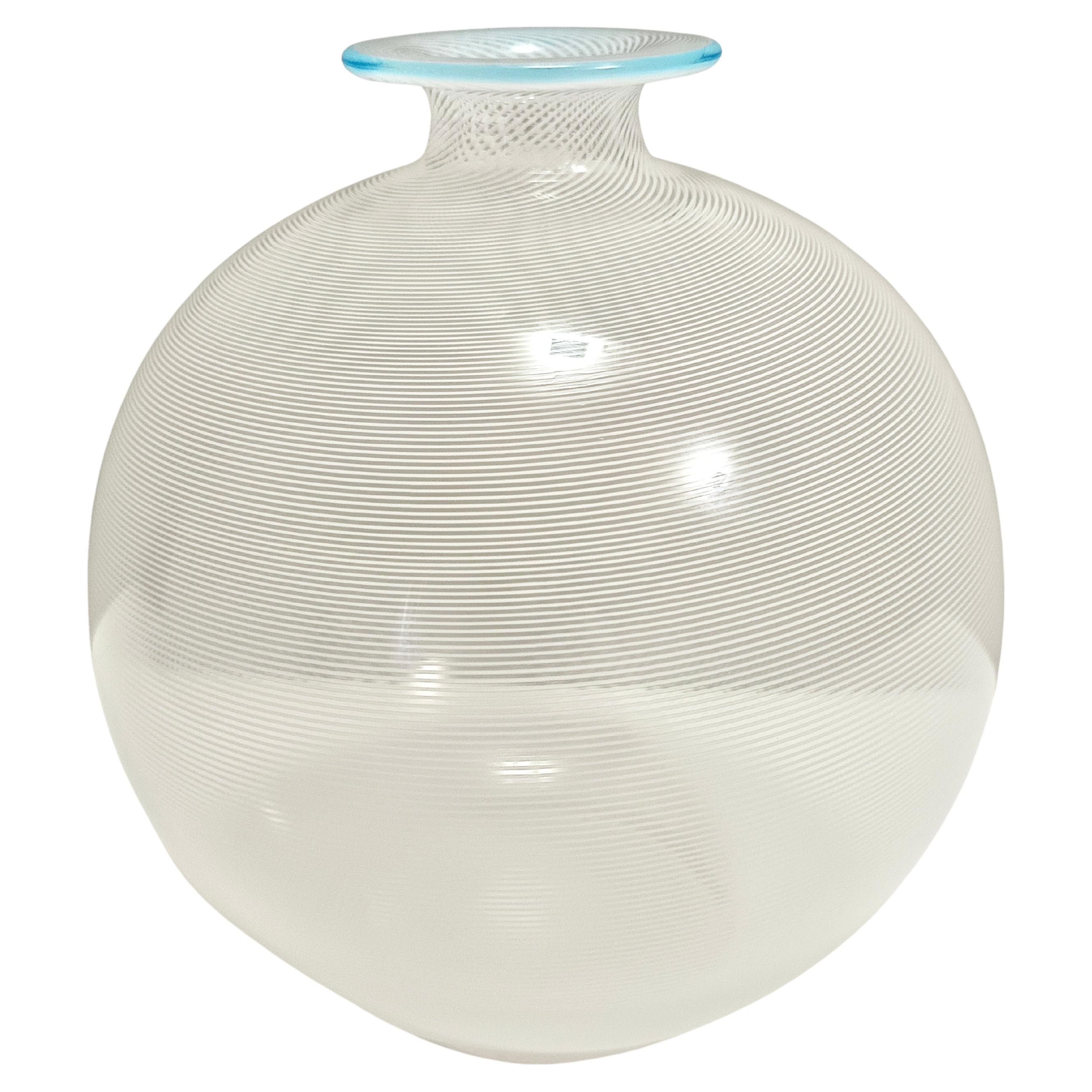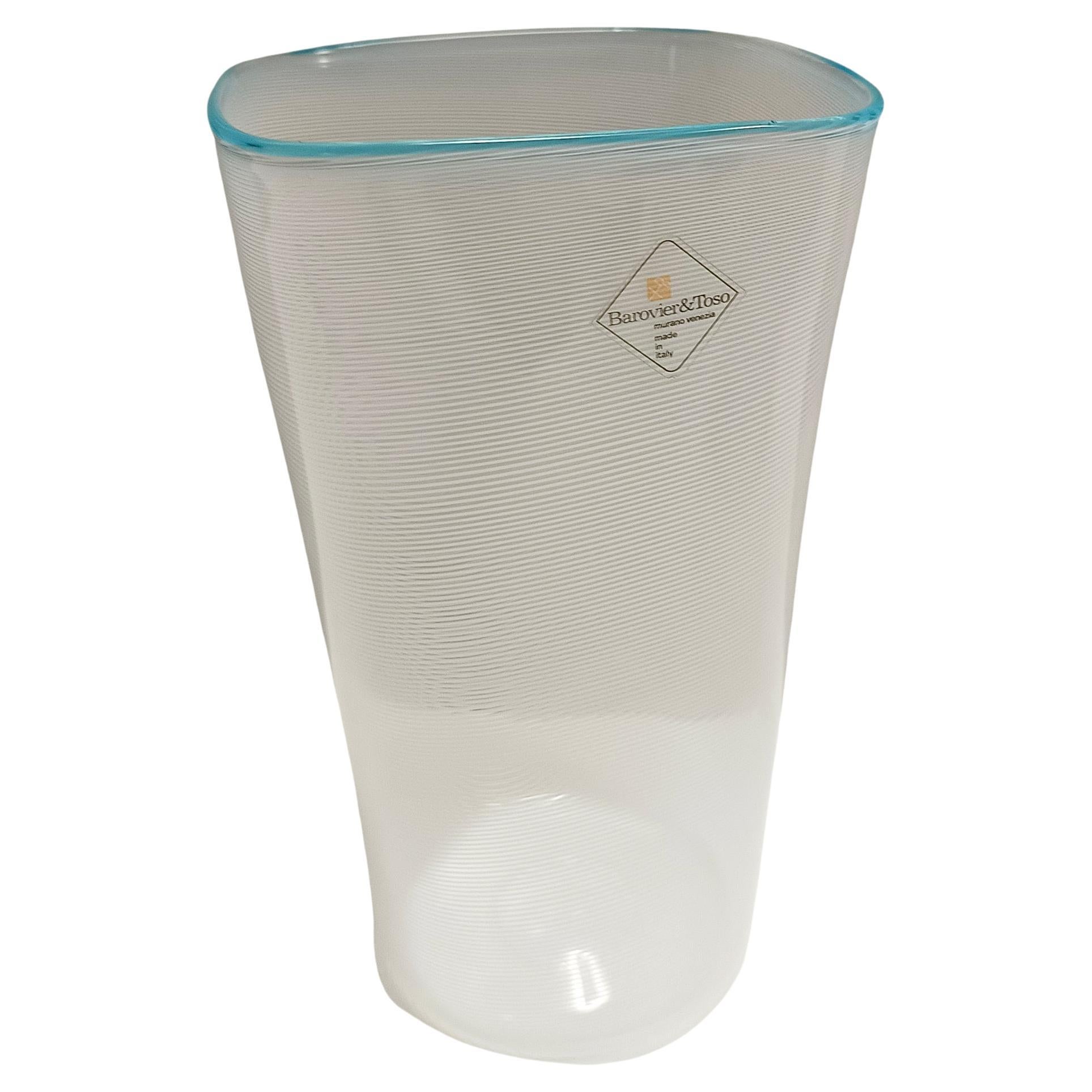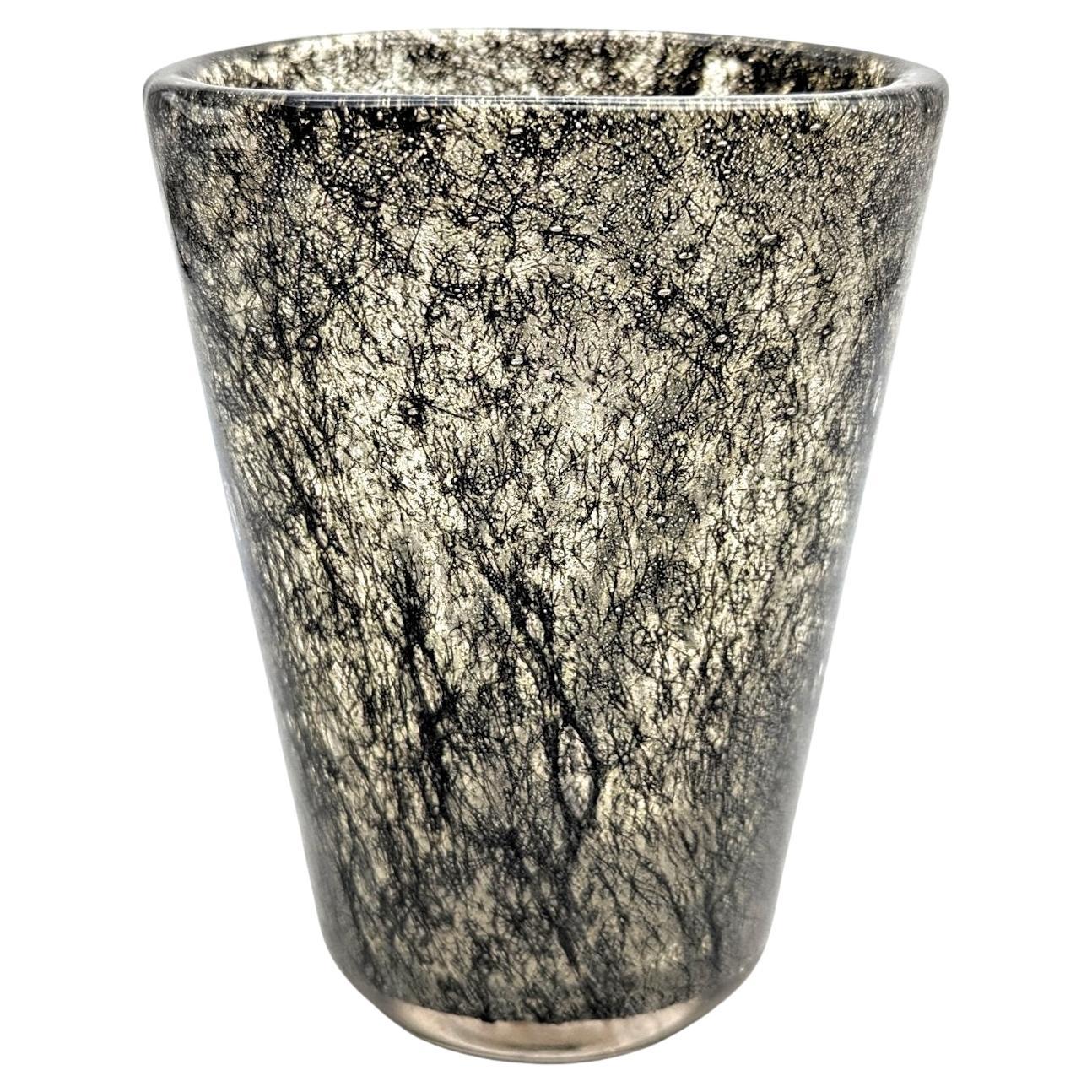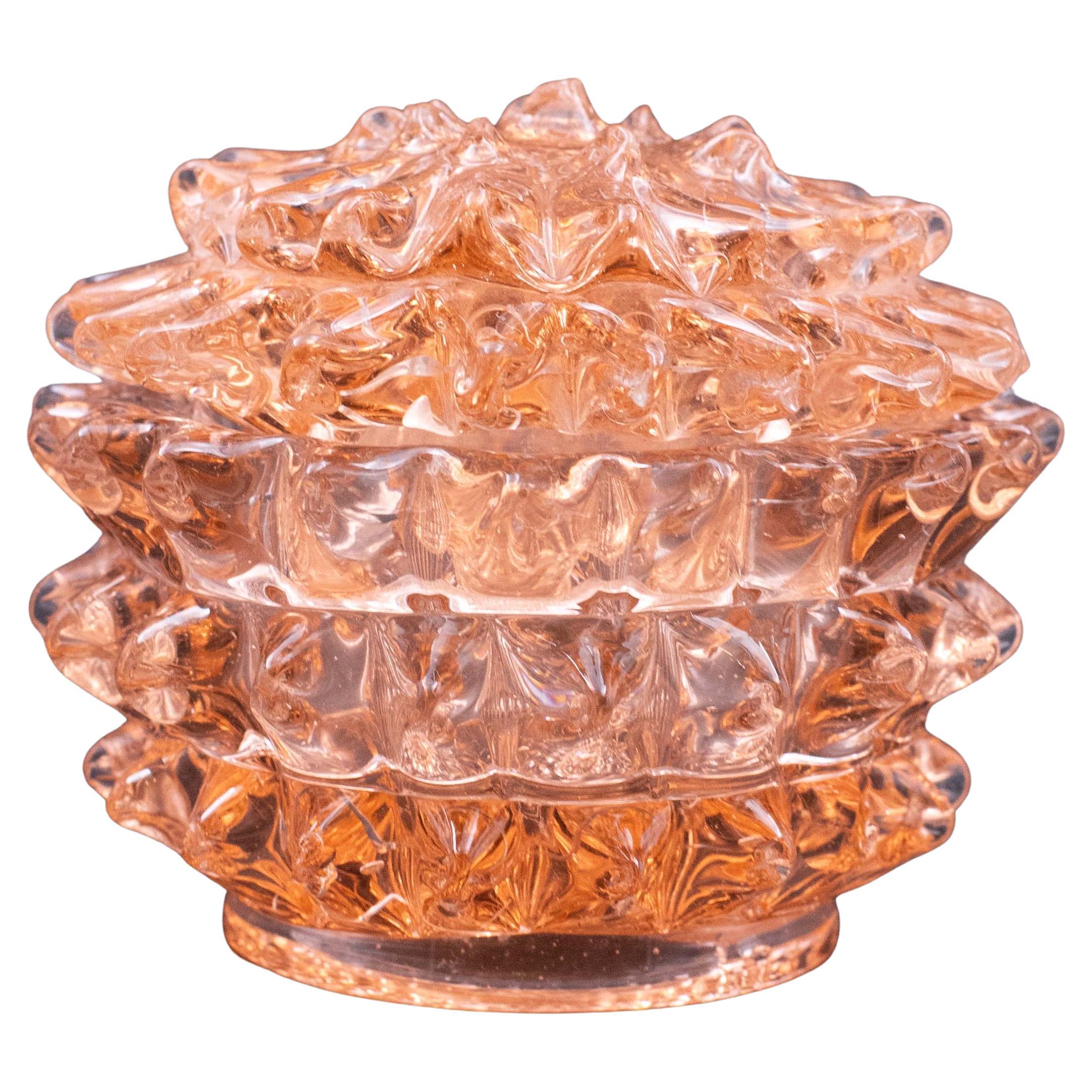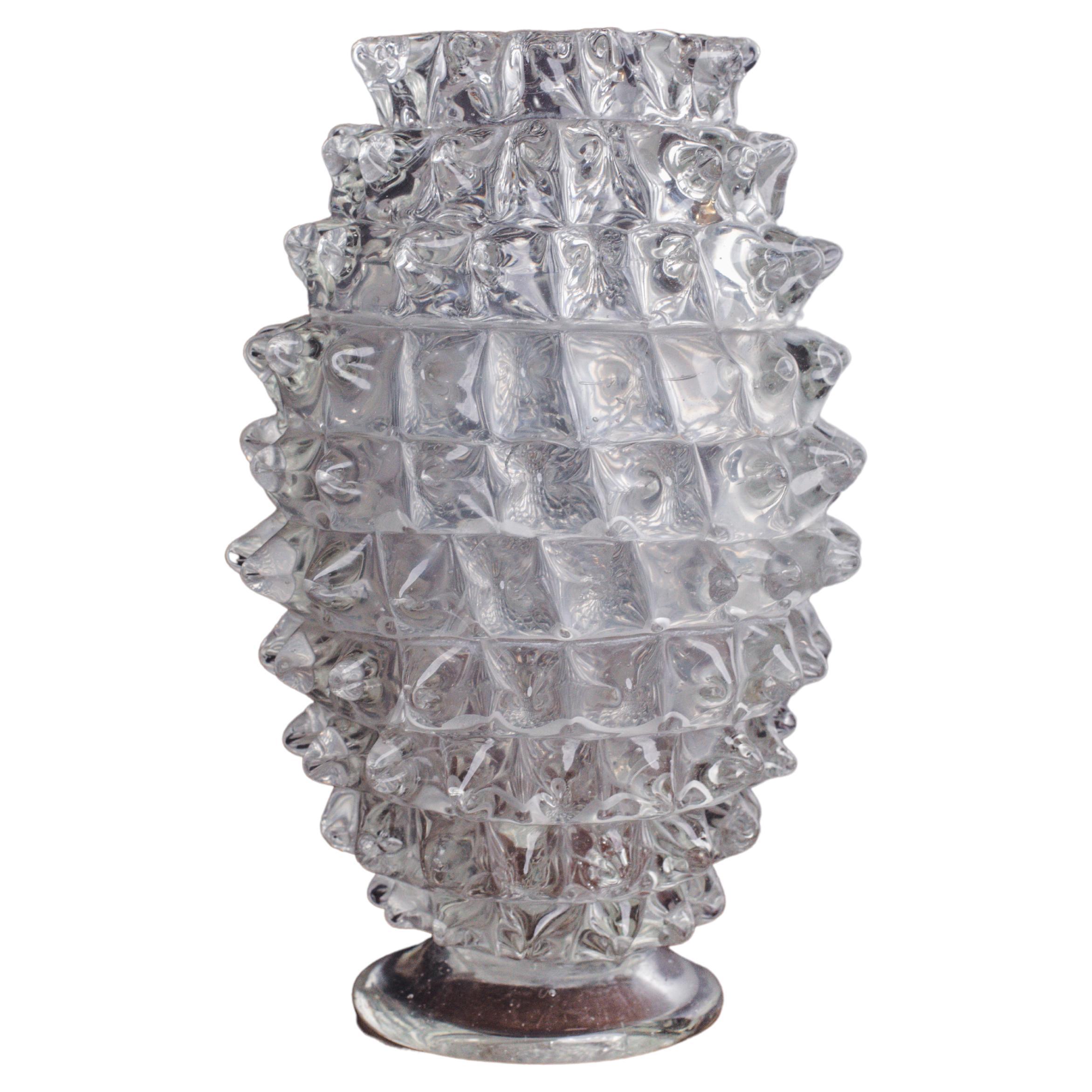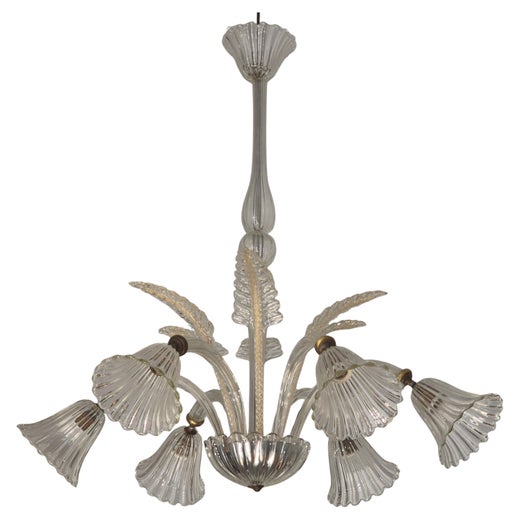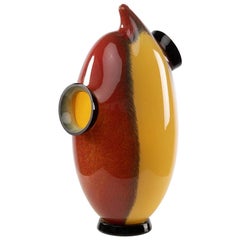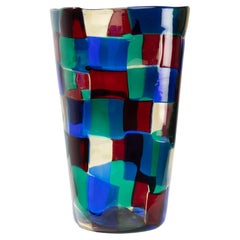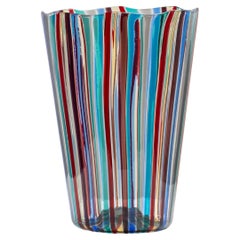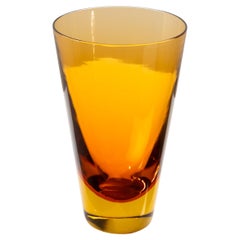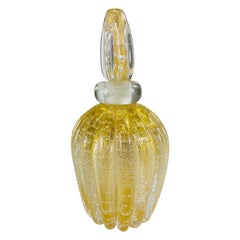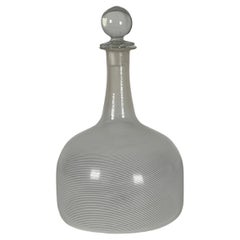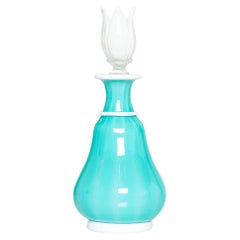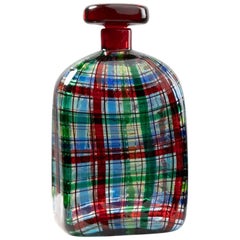
Barovier for Christian Dior Paris "Tartan" Murano Glass Bottle with Stopper
View Similar Items
Barovier for Christian Dior Paris "Tartan" Murano Glass Bottle with Stopper
About the Item
- Creator:Christian Dior (Designer),Ercole Barovier (Manufacturer)
- Dimensions:Height: 9.06 in (23 cm)Width: 5.12 in (13 cm)Depth: 2.96 in (7.5 cm)
- Style:Mid-Century Modern (Of the Period)
- Materials and Techniques:
- Place of Origin:
- Period:
- Date of Manufacture:1969
- Condition:Wear consistent with age and use. Very good original vintage condition.
- Seller Location:Uccle, BE
- Reference Number:Seller: UC06_281stDibs: LU2994317837261
Christian Dior
When Christian Dior launched his couture house, in 1946, he wanted nothing less than to make “an elegant woman more beautiful and a beautiful woman more elegant.” He succeeded, and in doing so the visionary designer altered the landscape of 20th century fashion. Vintage Dior bags, shoes, evening dresses, shirts and other garments and accessories are known today for their feminine and sophisticated sensibility.
Dior was born in Granville, on the Normandy coast, in 1905. His prosperous haute bourgeois parents wanted him to become a diplomat despite his interest in art and architecture. However, they agreed to bankroll an art gallery, which Dior opened in 1928 in Paris with a friend.
This was the start of Dior’s rise in the city’s creative milieu, where he befriended Pablo Picasso and Jean Cocteau. After seven years as an art dealer, Dior retrained as a fashion illustrator, eventually landing a job as a fashion designer for Robert Piguet, and in 1941, following a year of military service, he joined the house of Lucien Lelong. Just five years later, with the backing of industrialist Marcel Boussac, the ascendant Dior established his own fashion house, at 30 avenue Montaigne in Paris.
Just two years after the end of World War II, the fashion crowd and the moribund haute couture industry were yearning, comme tout Paris, for security and prosperity, desperate to discard the drab, sexless, utilitarian garb imposed by wartime deprivation. They needed to dream anew.
And Dior delivered: He designed a collection for a bright, optimistic future. “It’s quite a revolution, dear Christian!” exclaimed Carmel Snow, the prescient American editor-in-chief of Harper’s Bazaar, famously proclaiming, “Your dresses have such a new look.” The press ran with the description, christening Dior’s debut Spring/Summer haute couture collection the New Look. “God help those who bought before they saw Dior,” said Snow. “This changes everything.”
Dior’s collection definitively declared that opulence, luxury and femininity were in. His skirts could have 40-meter-circumference hems, and outfits could weigh up to 60 pounds. They were cut and shaped like architecture, on strong foundations that molded women and “freed them from nature,” Dior said. Rather than rationing, his ladies wanted reams of fabric and 19-inch waists enforced by wire corsets, and the fashion world concurred. The debut got a standing ovation.
In the subsequent decade, Paris ruled as the undisputed fashion capital of the world, and Christian Dior reigned as its king. With the luxuriously full skirts of his New Look, suits and his drop-dead gorgeous couture dresses and ball gowns worthy of any princess, Dior gave women the gift of glamour they’d lost in the miserable years of war.
On 1stDibs, find an exquisite range of vintage Christian Dior clothing, jewelry, handbags and other items.
Ercole Barovier
Ercole Barovier left an indelible mark on the world of Italian modernist glassmaking — his vibrant use of color and exploration of innovative techniques yielded glass vases, chandeliers and other lighting and decorative objects that stand out in any interior many decades later.
Barovier grew up on the Venetian island of Murano, a region of the world famed for its production of artisanal glassworks. By the time he was born, in 1889, his family had already been in the glassmaking business for centuries, as the Barovier dynasty began in 1295. Nonetheless, Barovier did not choose glassmaking as his first career — he instead studied medicine as a young man before going on to work as a radio operator in the first World War.
The year after the war ended, Barovier joined his family’s business (over time, the manufactory’s names have included Fratelli Barovier, Vetreria Artistica Barovier & C. and Artisti Barovier). He was appointed artistic director in 1926, and subsequently managed the business with his brother Nicolò. From 1927 onward, Barovier was the chief designer at his family’s glassworks. He became sole proprietor in 1934, and in 1936, merged his own family business with the Venetian glass factory SAIAR Ferro Toso. They renamed the company Barovier & Toso, a name under which the company still operates today.
Early in his career, Barovier garnered praise for his work with murrine glass, one of the traditional arts for which Murano is widely known. In the 1930s, he began pushing the boundaries of tradition and experimenting with new ways to bring color into his glass objects.
Ercole Barovier is credited with having invented colorazione a caldo senza fusione, a method of introducing metals and oxides into glassworks. His style became defined by his use of riotous color and later, audacious forms. He created sculptures, table lamps and other pieces using mosaic techniques to add a kaleidoscope of striking hues to his work. Barovier had a particular gift to bring out glass’s unique properties to refract and filter light in every shade of the rainbow.
Barovier took endless inspiration from the world around him, from the play of light reflecting off the canals near his home to artworks from classical antiquity. Prior to World War II, his works included naturalistic designs including floral sconces, vine-wrapped chandeliers and sea life-inspired bowls (the manufactory was known for sinuous lighting pieces that are often described as embodying “Liberty Style” — the Italian term for Art Nouveau).
Barovier focused on reinterpreting classical techniques and styles in the postwar years. Geometrically patterned vases that recalled Ancient Greek pottery in their bold forms — as well as precisely detailed Art Deco glass serving bowls — are among his characteristic works from this period. Gold leaf was applied as a decorative flourish, and Barovier worked to ensure that his pieces reflected contemporary trends. His mid-century glass is particularly sought after by today’s collectors.
Up until his retirement in 1972, Barovier continued his exploration of the creative potential in glassmaking. His fearlessness in combining cutting-edge techniques with deeply traditional practices led him to create over 25,000 designs over the course of his life.
Barovier’s work garnered international acclaim. He received many awards and accolades, including awards at the Milan Triennial exhibitions in 1933 and 1954, the Paris Universal Exhibition in 1937, and the Compasso d'Oro in 1956.
On 1stDibs, find vintage Ercole Barovier lighting, decorative objects and serveware.
More From This Seller
View All1990s Vases
Blown Glass
Mid-20th Century Italian Mid-Century Modern Vases
Blown Glass
Mid-20th Century Italian Mid-Century Modern Vases
Art Glass, Blown Glass
Mid-20th Century Italian Mid-Century Modern Vases
Blown Glass
Mid-20th Century Italian Mid-Century Modern Vases
Blown Glass
Vintage 1960s Italian Mid-Century Modern Decorative Boxes
Blown Glass
You May Also Like
Vintage 1950s Italian Mid-Century Modern Jars
Glass
Vintage 1980s Italian Modern Bottles
Murano Glass
Vintage 1950s Italian Mid-Century Modern Bottles
Murano Glass, Opaline Glass
21st Century and Contemporary Italian Modern Bottles
Murano Glass
Vintage 1930s Italian Mid-Century Modern Vases
Murano Glass
Vintage 1930s Italian Mid-Century Modern Vases
Glass, Art Glass, Blown Glass, Murano Glass
Recently Viewed
View AllRead More
Too Soon for the Return of ’90s Fashion? As If
There's a renewed appreciation for the era's aesthetic, perhaps most notably among millennials seeking authentic, easy style.
14 Iconic Luxury Handbags and the Stories behind Them
When the name of a bag is as well-known as its brand, you know it's a classic.
